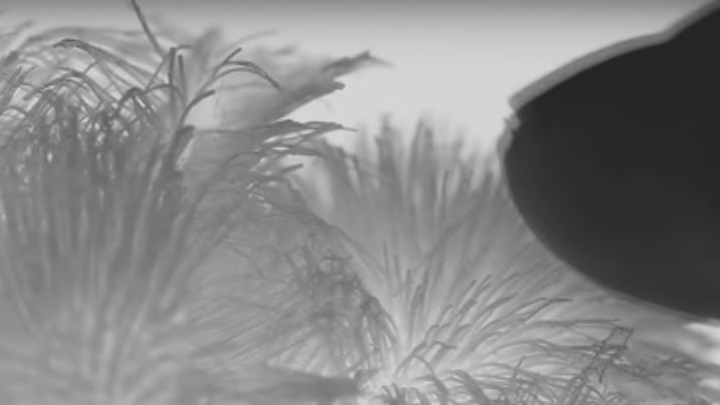In recent years, 3D printing has achieved aesthetically awesome and profoundly practical feats, the latest of which is a perfect marriage of both: 3D-printed hair. And while that description might conjure images of futuristic flowing tresses, the Cilllia program isn't about keeping our heads warm or well-coiffed (at least not yet).
Hair has many biological roles. Small hairs called cilia line your trachea, keeping your mucus moving in the right direction. The cilia lining your eyelids—a.k.a. your eyelashes—and your nose filter out dust and other damaging particles. Even smaller cilia can be found on every cell in your body [PDF]. Some of these are sensory organelles that inform cells about their environment. Others work like flippers, propelling cells onward. Tiny though they may be, cilia are powerful, versatile, and incredibly important—all properties that make them very attractive to engineers.
This year at the Association for Computing Machinery’s CHI (computer-human interaction) conference, researchers from MIT’s Tangible Media Group presented their hair-making machinery—a program called Cilllia (yes, spelled with three L's) that allows users to print customized patches of super-dense hair.
What sets Cilllia apart is its use of bitmap images. The program generates a simple bitmap (.bmp) image that can be fed directly into a 3D printer. Far from decorative or cosmetic, the printed hair has a surprising range of awesome mechanical applications. Take a look below.
[h/t Futurism]
